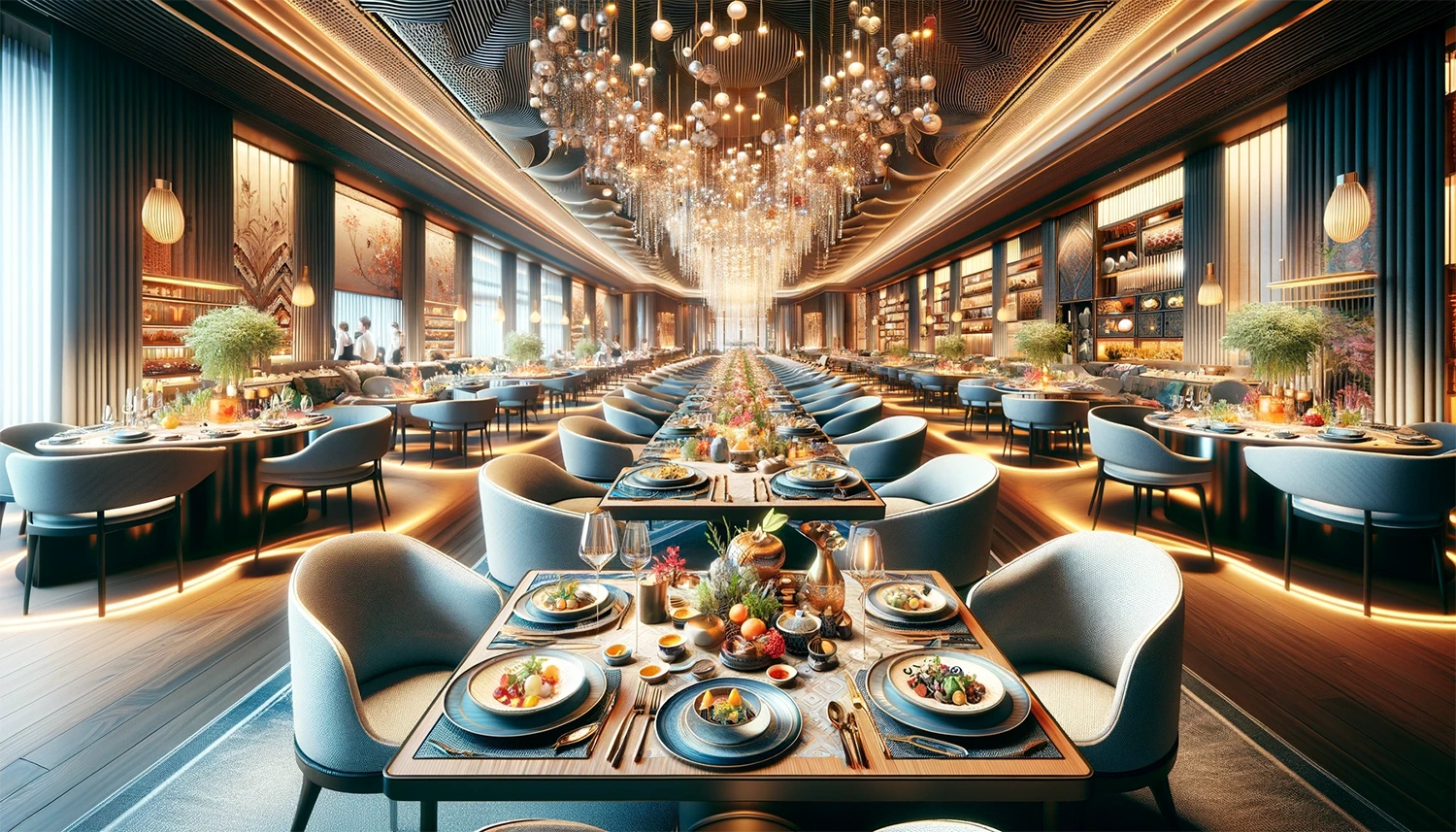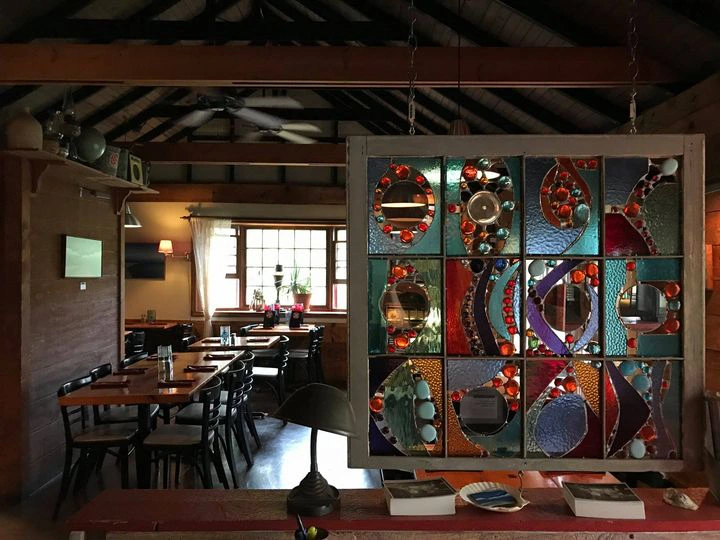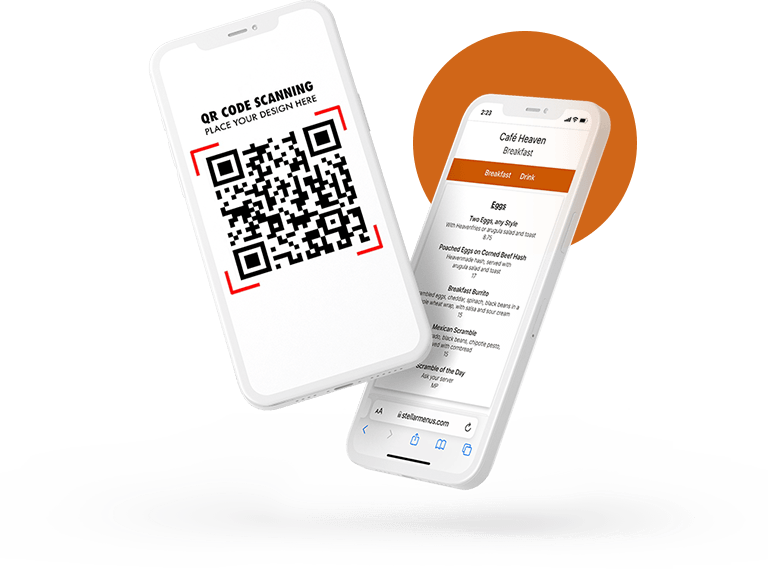Welcome to the world of emotional marketing, where tapping into your diners’ feelings can pay dividends by building loyalty and boosting revenue. According to the Harvard Business Review, companies that connect with customer emotions experience growth and increased profitability.
If you’re an independent restaurant owner, chef, or part of a local or regional restaurant group, read on. We’ll explore how emotional marketing can change the game for your business. We’ll also provide eight ways to get started.
The rising trend of emotional marketing in the restaurant industry
Photo by Nicole Herrero on Unsplash
Emotional marketing is more than just a buzzword; it’s a growing trend making waves in the restaurant industry.
Emotional marketing is more than just a buzzword; it’s a growing trend making waves in the restaurant industry.
For instance, a study on emotional branding showed that emotional marketing is essential because customers desire positive experiences, emotional rewards from an enticing atmosphere, and superb customer service.
Another study found that emotionally connected customers are 52% more valuable to a brand than those who are just satisfied.
Tariq Hassan, chief marketing and customer experience officer at McDonald’s, drove home the point about emotions in a Forbes interview with Billee Howard, senior contributor. Speaking of the fast food giant’s Cactus Plant Flea Market collaboration, Tariq said McDonald’s tapped into consumers’ long-dormant emotions.
“We created a rampant connection with our fans that was built upon…recapturing that feeling of childlike joy of enjoying a Happy Meal as a kid and wanting to recapture that childhood lost as an adult,” he said, explaining that inside the box was still the same food you’ll find inside today. “But by wrapping that twist on the familiar around an emotional experience…we fed something deeper than enjoying our delicious food.”
By wrapping that twist on the familiar around an emotional experience…we fed something deeper than enjoying our delicious food. ~Tariq Hassan, chief marketing officer at McDonald’s, on tapping into consumers’ long-dormant emotions associated with enjoying a Happy Meal as a kid
3 dimensions of emotional marketing
Photo via Unsplash+
According to a study published in the IOSR Journal of Business and Management, emotional marketing involves three key dimensions—equity, experience, and energy—that you can adapt to the restaurant setting. Let’s look at each dimension in turn.
Equity
Equity refers to building trust and identity that equal more than the sum of their parts and create emotional connections with customers. For instance, Starbucks’ strong brand equity in coffee and customer experience led to mobile trucks on college campuses.
To pull on the equity lever, establish a unique yet authentic brand identity based on your restaurant’s aspirations and personality. You’ll build equity over time by delivering consistent quality and service.
Equity, in turn, allows you to extend into new offerings, like catering or food trucks. You can also command premium prices from loyal patrons who connect emotionally with your brand.
Lean on the equity dimension of emotional marketing to extend into new offerings, like catering or food trucks.
Experience
Experience is more than just the food experience; it’s about the entire dining experience. The Rainforest Cafe is an excellent example of a restaurant that does experience well; the unique atmosphere goes beyond just serving meals.
- Focus on sensory aspects like food, decor, and music to provide a distinctive ambiance.
- Share information on your menus about food sources and cooking methods related to your values.
- Train your servers to recognize regular guests and address them by name.
- Make notes about guest preferences and recall those notes when they return.
- Encourage small, personalized touches like knowing guests’ favorite drinks and providing off-menu items to accommodate preferences.
- Have your servers share insights and stories about food origins, secret menu items, and the chef’s inspirations. These touches add to the experience by making diners feel “in the know.”
Have servers share stories about food origins, secret menu items, and the chef’s inspirations so they feel in the know.
Photo by Kate Townsend on Unsplash
Energy
In the research, energy refers to how your restaurant conserves customers’ time and energy through accessibility, efficiency, and personalization. Many restaurants excel at this:
- Starbucks’ mobile app allows customers to skip lines by ordering ahead and customizing orders. The app also remembers favorites to streamline future orders.
- Panera Bread offers rapid pick-up shelves so customers can grab online orders without waiting in line. Kiosks and an app simplify ordering.
- Chili’s offers tabletop tablets customers can use to pay, reorder, and request help without waiting for servers to happen by, optimizing the time of customers and servers.
Follow their examples to manage the energy dimension of emotional marketing.
8 ways to use emotional marketing in your restaurant
Now that we’ve looked at the dimensions of emotional marketing, let’s look at actionable ways for you to implement emotional marketing in your restaurant.
1. Create memorable experiences
Focus on creating experiences that resonate emotionally with your customers. Whether through personalized service or a unique ambiance, make them feel connected to your brand.
One idea to consider is having your chefs feature nostalgic or exotic ingredients that tap into emotions and memories. Playing specific music genres and decorating your dining room accordingly also taps into emotions.
Photo by Conor Samuel on Unsplash
2. Tell emotional stories in your ads
In your ads, share customer testimonials that speak from and to the heart. Create ads that tug on the feelings of nostalgia, joy, and adventure—or go in the opposite direction. One study found that negative emotions, like anger, worry, and sadness drive behavior, too. But use those strong emotions cautiously because negative emotions loom larger than positive ones.
3. Stay attuned to the zeitgeist
Especially during challenging times, tailor your marketing to tap into the current emotional state of your audience. Adapt your strategies accordingly, whether it’s a pandemic, another crisis, or a holiday season.
4. Use technology
Technology can streamline ordering processes, offer personalized recommendations, and touch on the energy dimension of emotional marketing. For example, a mobile app could suggest wine pairings based on the dishes customers order.
Stellar Menus’ Intelligent Menu Platform—beyond helping you price your menu for maximum profit—gives you a single menu to manage. When you need to make changes, they roll through automatically to your website, mobile, and print menus. This digital ordering experience conserves the energy of both servers and customers.
5. Create emotional experiences
Focus on service elements like responsiveness, reliability, and assurance. Assurance refers to customers’ confidence when interacting with your restaurant. Train your staff to know your menu, be attentive to customers, and handle issues professionally.
Training in emotional intelligence can help here as well. For instance, by teaching your staff self-awareness, they’ll learn to recognize their emotions and how they affect customer interactions. Employees with high emotional intelligence are more likely to recognize the signs of dissatisfaction and handle difficult situations gracefully.
Train your servers in emotional intelligence. They’ll recognize their emotions and the signs of diner dissatisfaction and be able to handle difficult situations gracefully.
6. Stay active on social media
Use platforms like Instagram to showcase your restaurant’s personality. Consider running weekly Instagram Live sessions where the chef shares cooking tips or previews new dishes.
7. Offer a loyalty program
Reward your regular customers with a points-based system or exclusive deals to make them feel valued and encourage repeat visits.
8. Engage your community
Host events like cooking classes or wine tastings, or collaborate on cross-promotions with local businesses to create a sense of community within your restaurant.
By applying these steps, you’ll use emotional marketing strategies that attract customers and create lasting relationships. These results are the essence of emotional marketing and why it should be a key component of your restaurant’s overall strategy.










